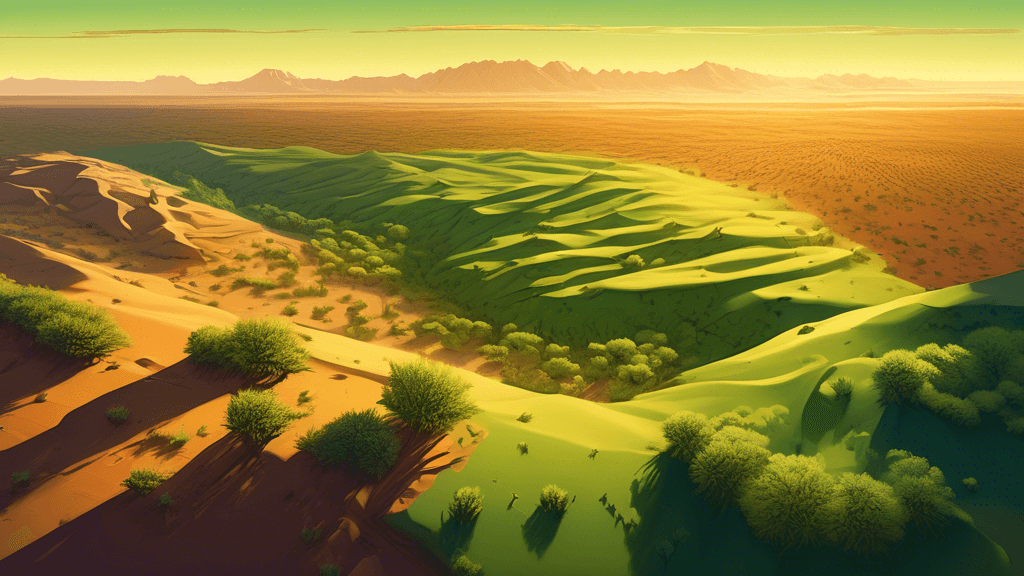
Capturing Contrast: Exploring the Dynamics of Aerial Landscape Photography
Share
The Power and Challenges of Aerial Landscape Photography
Aerial photography has transformed the way we perceive the landscape, enabling photographers to capture a perspective that is rarely seen from the ground. This elevation in viewpoint not only provides fresh visual content but also highlights the striking contrasts that define and differentiate landscapes. This blog delves into the unique aspects of aerial landscape photography, exploring its potential to reveal stunning contrasts while addressing the inherent challenges photographers face.
Understanding the Appeal of Aerial Landscape Photography
At its core, aerial photography about contrast – the juxtaposition between urban and rural, natural and manmade, or the diverse color palettes of different ecosystems. From the lush, rolling greens of a dense forest to the stark, arid expanse of a desert, aerial views offer a spectrum of visual experiences unattainable from the ground level.
● Visual Impact: Aerial shots provide a 'big picture' that can be both awe-inspiring and enlightening. They transform the ordinary into something extraordinary, turning a simple landscape into a work of art.
● New Perspectives: Flying above the landscape offers unique angles and opportunities to see the world in a new light, often revealing natural and human-made patterns.
● Environmental Awareness: Aerial imagery can play a crucial role in conservation efforts by showcasing the beauty of natural environments and the impact of human activity.
Aerial photography opens a window to the world that most of us never get to see. It's about capturing the grandeur of nature's art from an angelic perspective, says Jane Smith, a renowned aerial photographer.
Technical Considerations and Strategies
Aerial landscape photography isn’t as simple as pointing and shooting from a plane or drone. It requires consideration of various elements:
- Equipment: High-resolution cameras with stabilizing features are pivotal. Drones are particularly popular for their ease of maneuverability and ability to capture low-altitude shots.
- Time of Day: Lighting is crucial. The low angled light at sunrise or sunset can accentuate textures and contours of the landscape.
- Weather Conditions: Clear skies are typically preferred, but interesting weather patterns can also create compelling images with dramatic effects.
- Legal Considerations: It’s important to be aware of and comply with local drone laws and regulations which can vary significantly from one place to another.
Challenges such as accessing locations, navigating through turbulent weather, and ensuring environmental respect also persist. It requires not only technical skills but also ethical considerations to practice aerial photography responsibly.
The Art of Capturing Contrast
Aerial photographs shine the most when they capture the essence of contrast within the landscape. But how can photographers enhance this aspect?
- Composition: Utilizing the rule of thirds or leading lines can help guide the viewer’s eye across the image, emphasizing the stark differences in the scene.
- Color Balance: Vibrant contrasts between elements like water, vegetation, and arid regions can create stunning, colorful canvases.
- Scale: Including elements such as roads, buildings, or vehicles can provide a sense of scale, showcasing the vastness or intricacy of landscapes.
Advanced editing techniques can also be employed to bring out more vibrant colors or to merge different exposures for dealing with varied lighting conditions across the scene. Enhancing details and correcting color are methods frequently used to make the contrasts stand out more starkly.
Why Aerial Landscape Photography Matters
The real value in aerial photography lies in its ability to make us recognize the vastness and the varying textures of our planet. It highlights environmental issues that may not be as evident from the ground and can stimulate conversations around land use, conservation, and environmental protection.
Every photo tells a story, and the viewpoint from above can sometimes tell the most compelling ones, Jane Smith remarks. It’s about showing contrasts not just in landscapes, but in our understanding and our responsibilities towards the environment.
A well-captured aerial image can change perspectives, influence opinions, and move people to action. As we continue to explore and photograph the earth from above, we not only document the beauty and the tragedy of our planet, but we also create a powerful tool for change.
If you are drawn to the beauty of these contrasts and care about our natural world, consider exploring aerial photography, either as a creator or a viewer. Pay attention to the stories these high-flying cameras tell and think about what you can do to preserve the splendid yet fragile planet we call home.
Ready to take flight? Embrace the bird’s eye view and let your creativity soar with aerial landscape photography. The sky is, quite literally, the limit!





